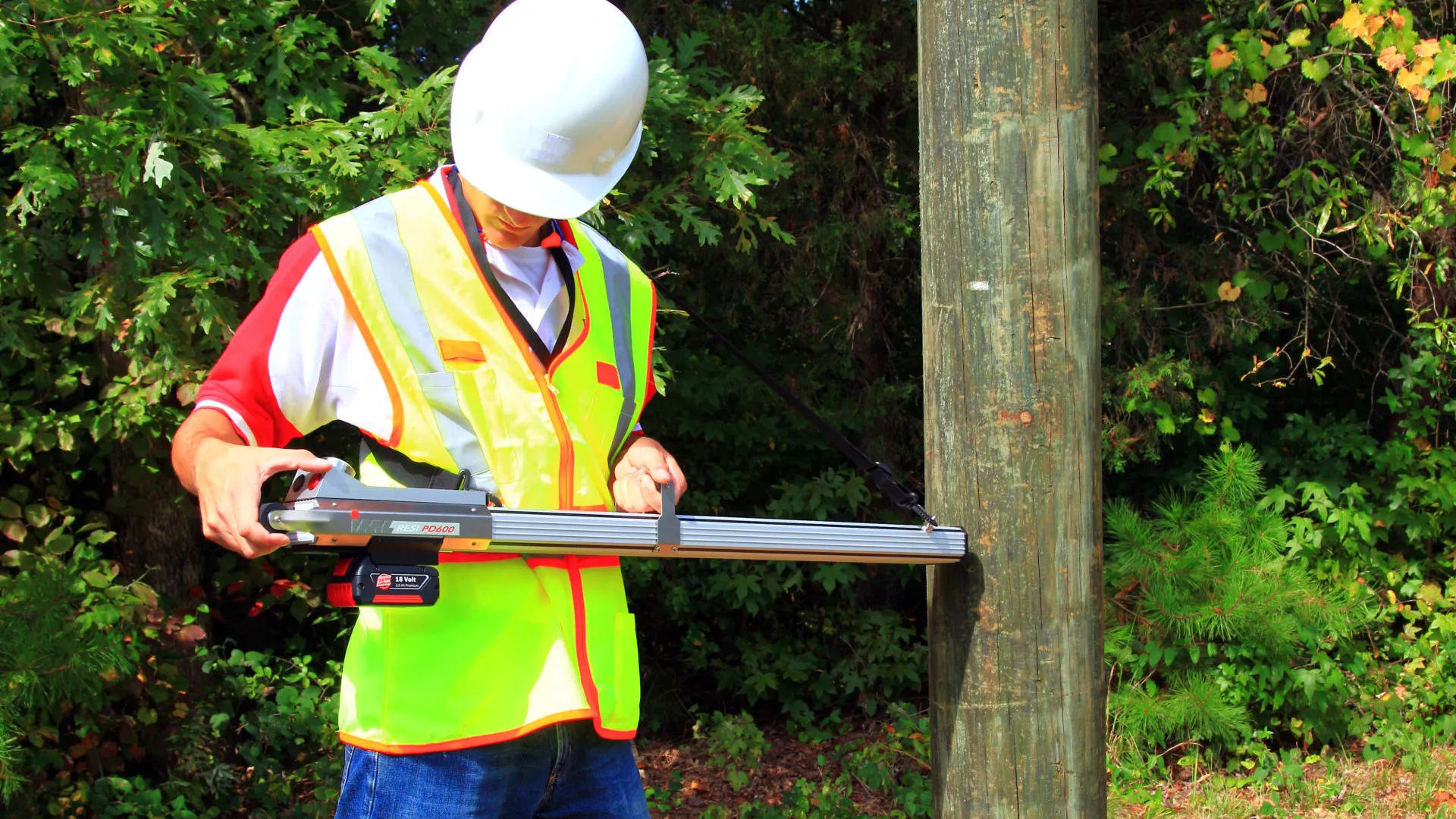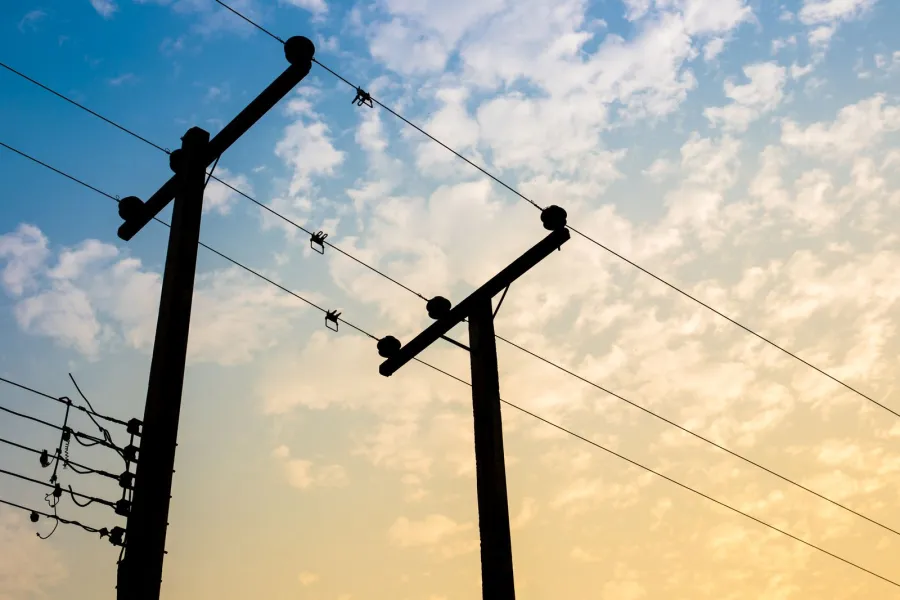
Pole Audits
Power and communications utilities rely heavily on poles, as do streetlight and traffic signaling systems. A single pole might “support” the needs of several utilities. Many are made of wood.

Assess and Restore
Many utilities hire Olameter to inspect their poles in order to:
- Quantify the degree of joint-use
- Assess the remaining strength of the pole in order to plan change-outs or chemical treatment
- Find the defective lamps
- Restore pole identification tags, and collect data